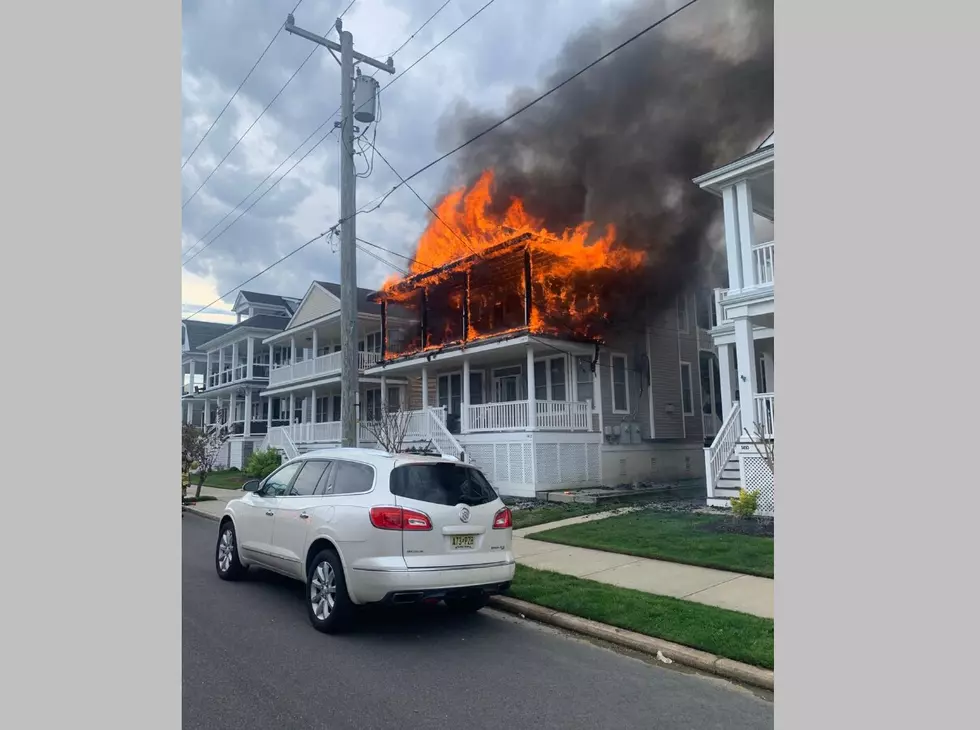
Predicting flooding in New Jersey — days before it happens
HOBOKEN — If a hurricane like Irma, or even a tropical storm or Nor’Easter approaches Jersey, a new high tech system has been developed to predict how much flooding may occur.
After Superstorm Sandy in 2012, New Jersey Transit and the Port Authority of New York and New Jersey were interested in developing a flood warning system for their facilities, and they gave millions of dollars to Stevens Institute of Technology to develop a computer program that could calculate flooding potential up to 96 hours before a storm hits the region.
Nickitas Georgas, a professor of ocean engineering and marine environmental sciences at Stevens, said to do this kind of work, a supercomputer is needed.
“We know forecasts are uncertain, sometimes they are inaccurate and we cannot just run one possible rendition of the future. But we have to account for most possible renditions of the future,” he said.
According to the professor, the supercomputer is able to solve a vast amount of motion equations in order to develop a comprehensive forecast of the type and amount of flooding that may take place three to four days in the future as a storm approaches.
“The system allows you to see the range of possibility of how high the water levels could go, or how low at the same time they may go, depending on how a hurricane or a Nor’easter tracks.”
He explained dozens of specialized sensors have been placed in the harbor at the Port of New York and New Jersey to help gather real-time data, but predictions are also made for the entire Jersey coastline because “we do have a lot of sensors with partnerships with the United States Geologic survey and other agencies.”
“We cover New Jersey all the way from actually Delaware Bay up the shore and into Raritan Bay and the New York Harbor.”
He said local emergency management offices across the Garden State can get alerts about flooding if a storm approaches our area.
“They will get an advisory about three or four days before flooding is about to happen.”
Then, as a storm gets close to the Garden State, the supercomputer will issue specific email flood warnings for particular areas that are exposed to possible flooding problems.
He noted when Superstorm Sandy finally hit Jersey, almost the worst possible scenario, involving high tide, a full moon and other factors, came together to create a perfect storm of problems, so “uncertainty is very important for decision making, and that’s what we’ll provide.”
He also pointed out not all flooding will take place along the shore, so “we do in our models include the rainfall effect, the effect of the storm coming with rainfall in our watersheds, and that actually creates flooding inland.”
To learn more about the system you can visit stevens.edu/sfas
You can contact reporter David Matthau at David.Matthau@townsquaremedia.com






